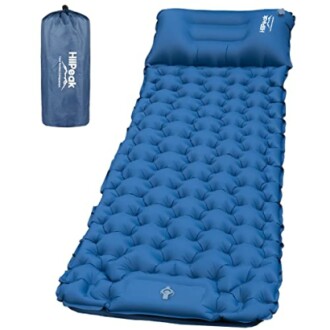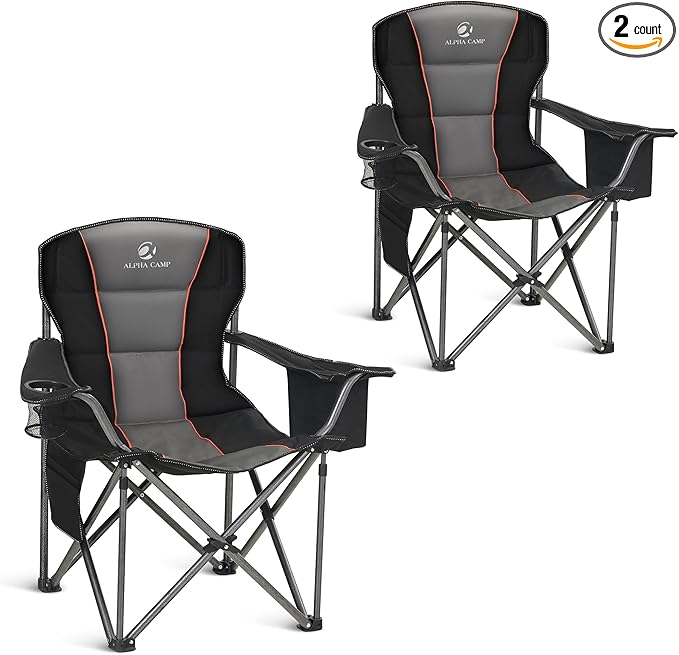
How to Choose a Sleeping Pad for Optimal Comfort
Key Takeaways
- Sleeping pads offer essential insulation and comfort for a good night's sleep while camping.
- Consider the type of camping you will do to choose between air pads, foam pads, or self-inflating pads.
- Size, weight, and durability are crucial factors when selecting a sleeping pad, especially for backpackers.
- Features such as built-in pillows and added thickness can enhance comfort levels.
- Read reviews and comparisons to find the best sleeping pad suited to your needs.
Understanding the different types of sleeping pads is vital when it comes to selecting a gear that ensures optimal comfort during your camping adventures. This guide will help beginners navigate the options available, exploring their features and benefits to make an informed choice for a great night’s sleep under the stars.
What Are Sleeping Pads?
Sleeping pads are lightweight, portable mats that provide insulation and cushioning for campers. They can make all the difference in comfort during your outdoor experience. There are several types of sleeping pads available, each having unique properties suited to different camping styles.
Types of Sleeping Pads
| Type | Description | Benefits |
|---|---|---|
| Air Pads | Inflatable pads that offer good comfort and can be packed small. | Lightweight, adjustable firmness, and great for backpacking. |
| Foam Pads | Made of closed-cell foam; these pads are durable and inexpensive. | Great insulation, no need to inflate, and affordable. |
| Self-Inflating Pads | A combination of foam and air pads that automatically inflate. | Convenient, comfortable, and provide good insulation. |
Factors to Consider When Choosing a Sleeping Pad
Here are some key factors to keep in mind while selecting the right sleeping pad for your needs:
- Size: Ensure the pad fits your body comfortably. Standard sizes include singles, and various widths are available.
- Weight: If you’re backpacking, consider a lightweight option that doesn't add bulk to your pack.
- Thickness: A thicker pad often provides better comfort and insulation, especially for colder conditions.
- Material: Check for durability and water resistance to ensure the pad lasts through the elements.
Featured Products
HiiPeak Sleeping Pad for Camping
Ultralight inflatable mat with a built-in foot pump and pillow for added comfort during your camping adventures.
See ProductUnderstanding R-Value for Sleeping Pads
The R-value measures the sleeping pad's ability to insulate against the cold ground. The higher the R-value, the greater the insulation capacity. When camping in cooler conditions, aim for sleeping pads with an R-value of 3 or higher.
Comparing Sleeping Pads
| Sleeping Pad | Type | R-Value | Weight |
|---|---|---|---|
| HiiPeak Sleeping Pad | Air Pad | 5.0 | 0.86 kg |
| Generic Foam Pad | Foam Pad | 2.0 | 0.5 kg |
| Self-Inflating Pad | Self-Inflating | 4.0 | 1.5 kg |
Accessories to Enhance Your Sleeping Experience
In addition to your sleeping pad, consider bringing along these accessories:
- Sleeping Bag: Perfectly complements your sleeping pad for added warmth.
- Pillow: Although some pads have built-in pillows, additional ones can enhance neck support.
- Storage Bag: A carry bag for easier transport and protection from dirt.
Pros
- Provides comfort over rough ground.
- Adds insulation for warmth.
- Available in various sizes and weights.
Cons
- Can be expensive depending on features.
- Some types require inflation or are bulky.
More Recommended Products
ALPHA CAMP Oversized Camping Folding Chair
Heavy-duty support chair designed for outdoor use, with a 450 lbs capacity and cup holder for added convenience.
Learn MoreConclusion
Choosing the right sleeping pad significantly impacts your comfort while camping. With various types, materials, and features to consider, it’s essential to identify what aligns with your needs and camping style. Always ensure to evaluate your requirements against the options available.

